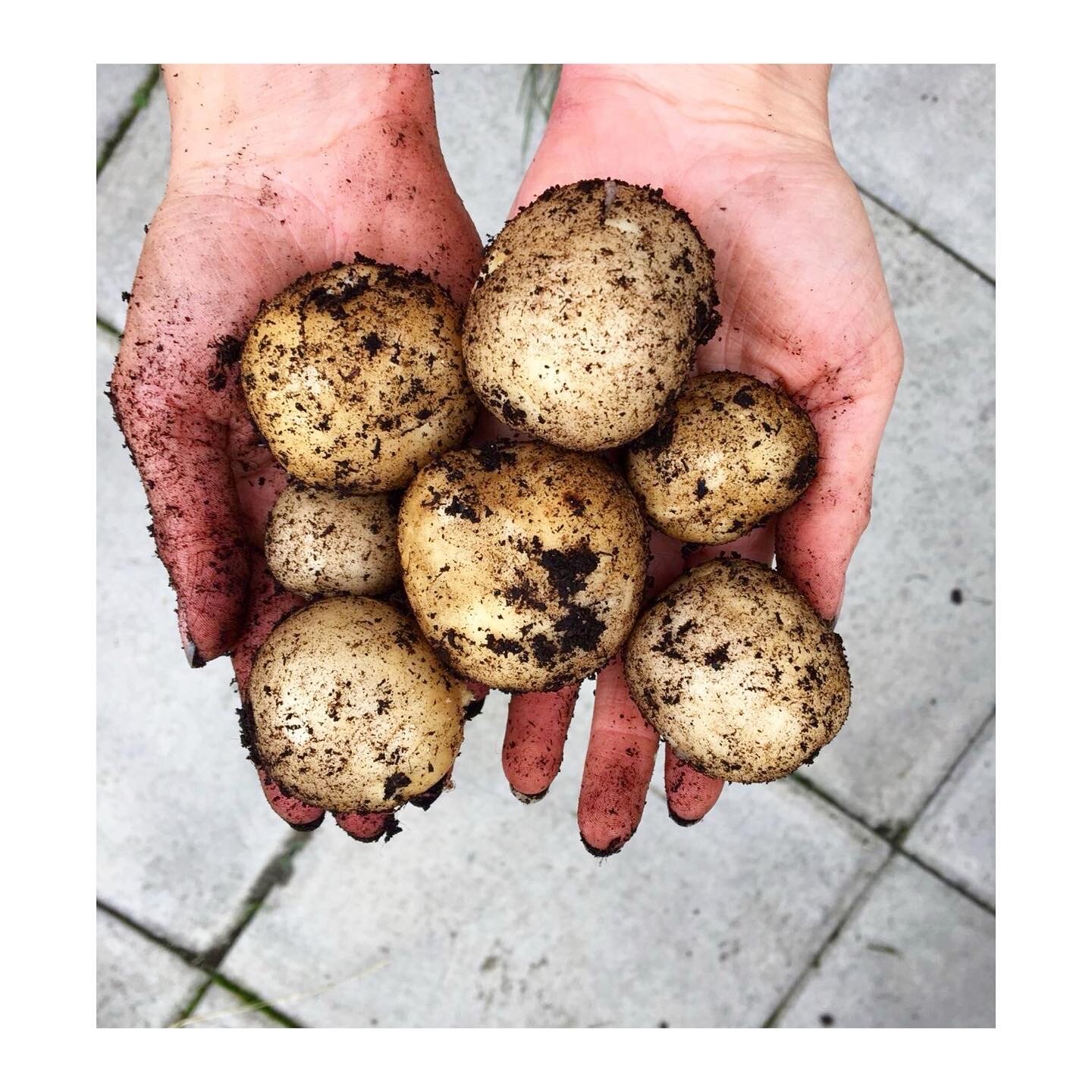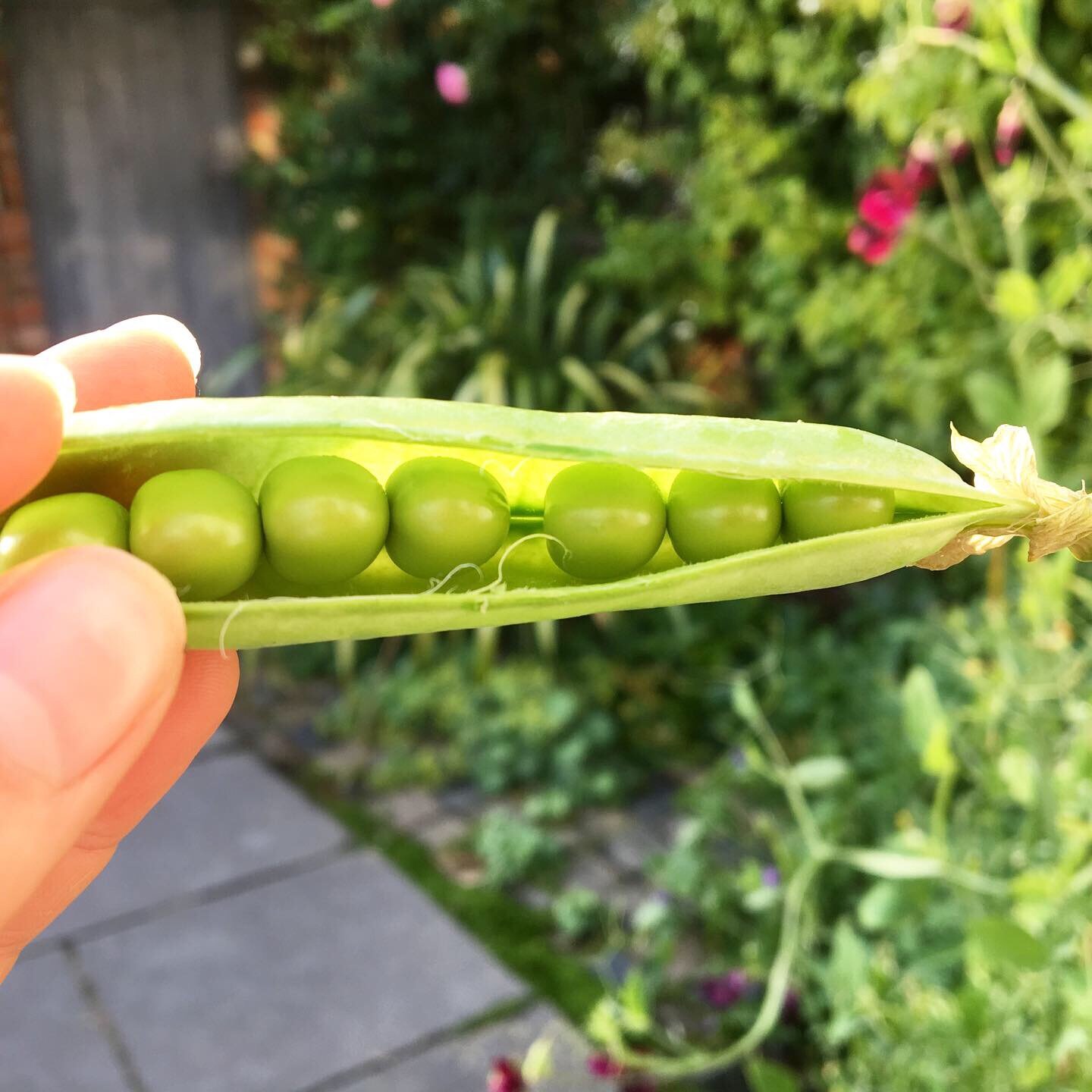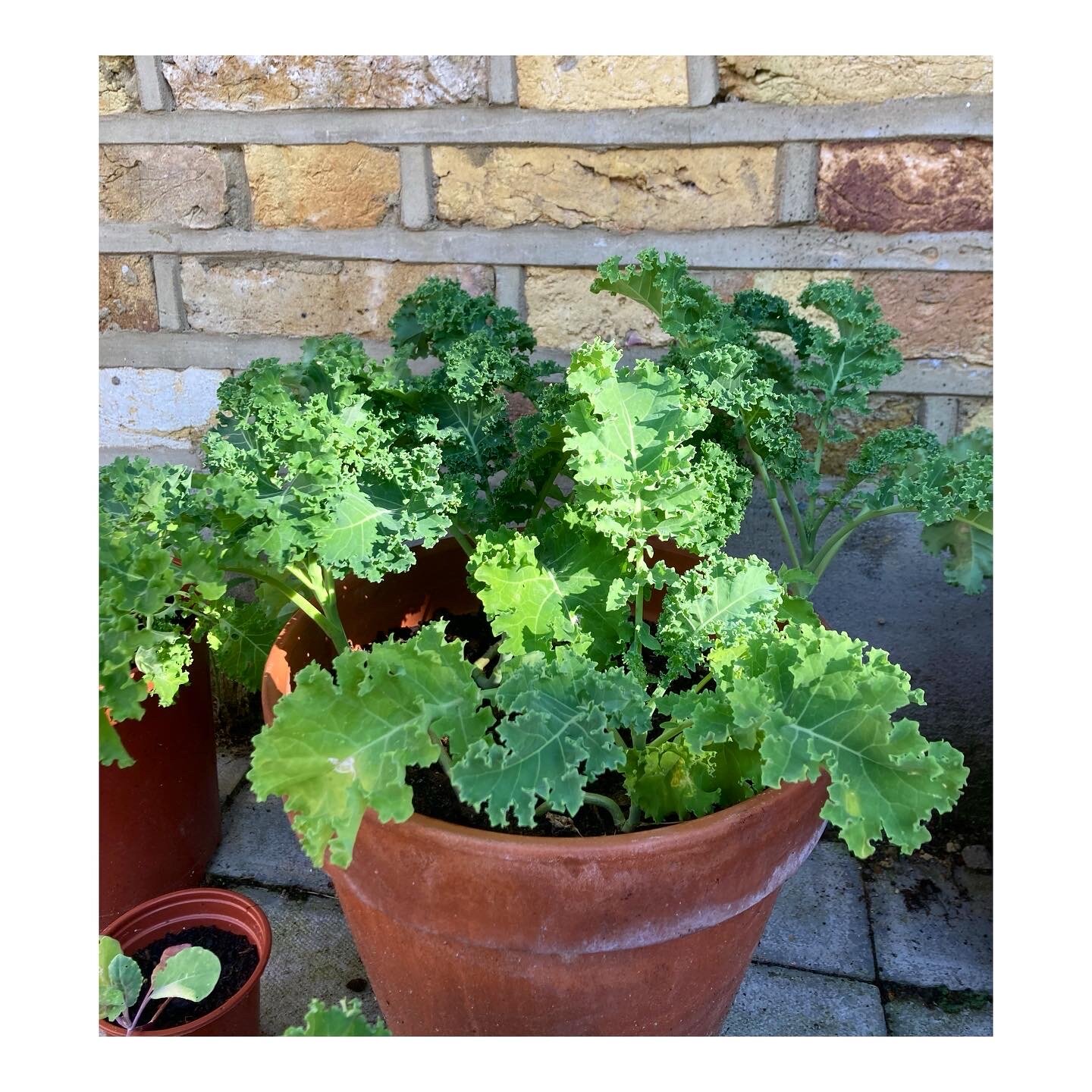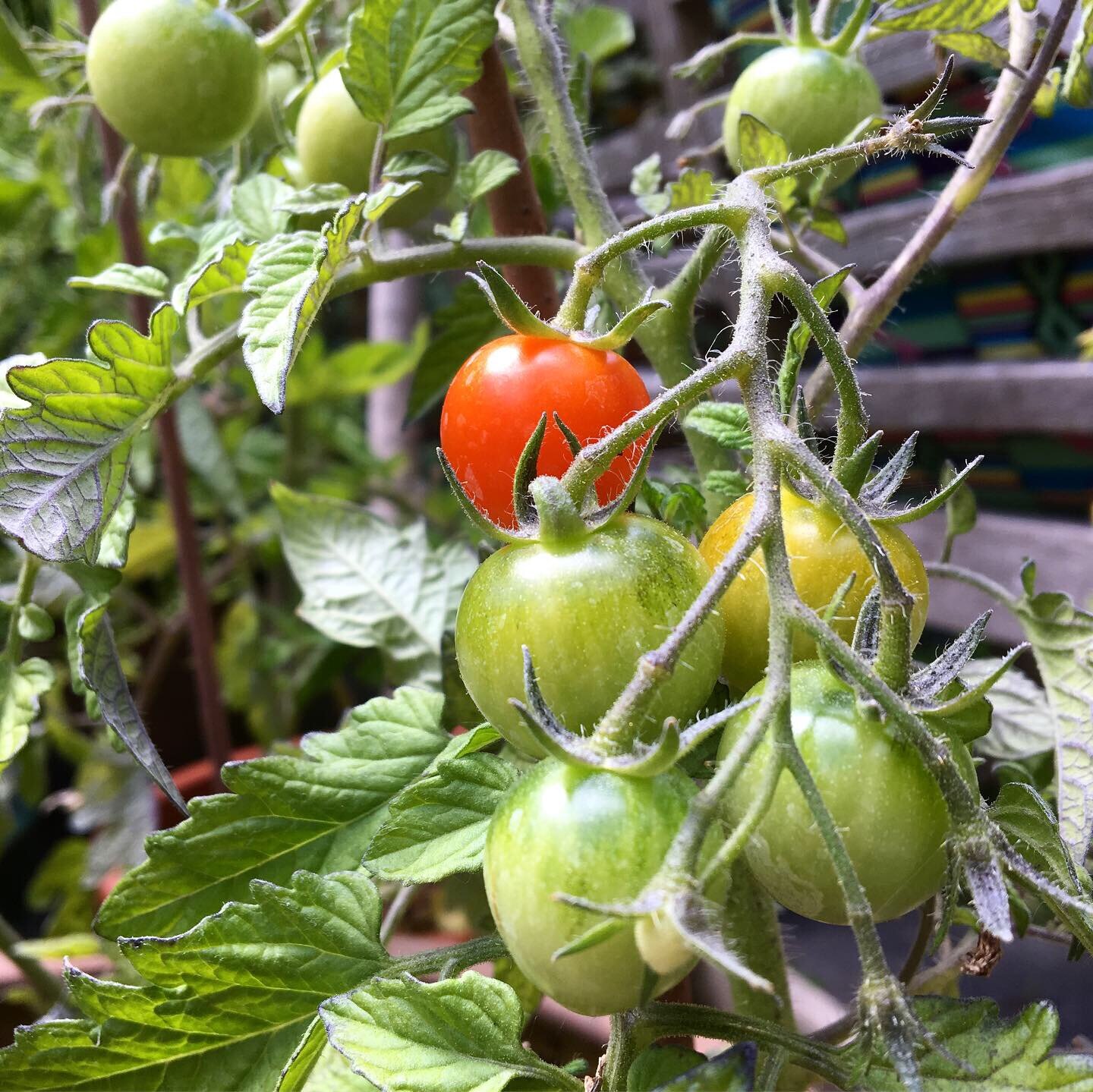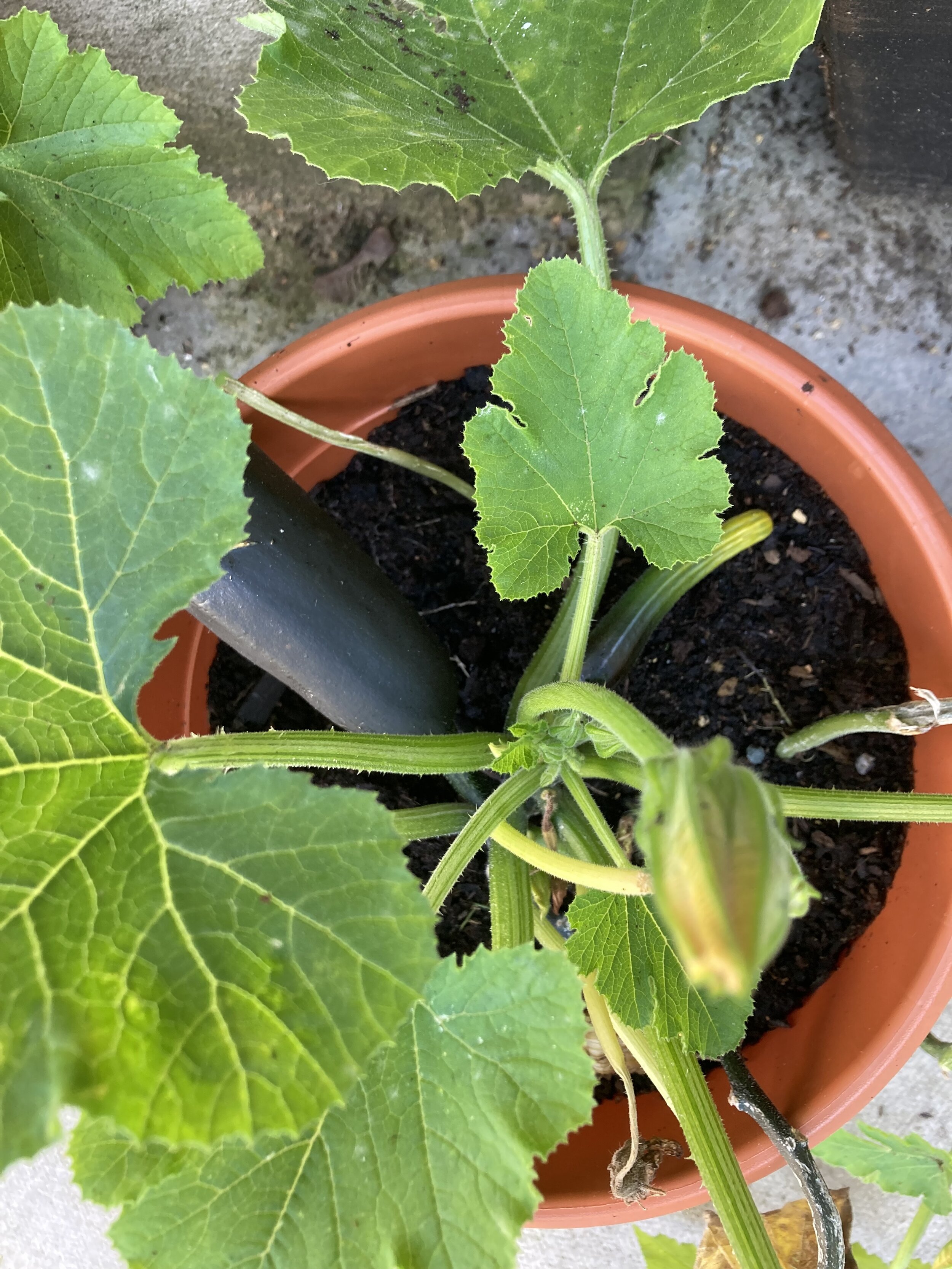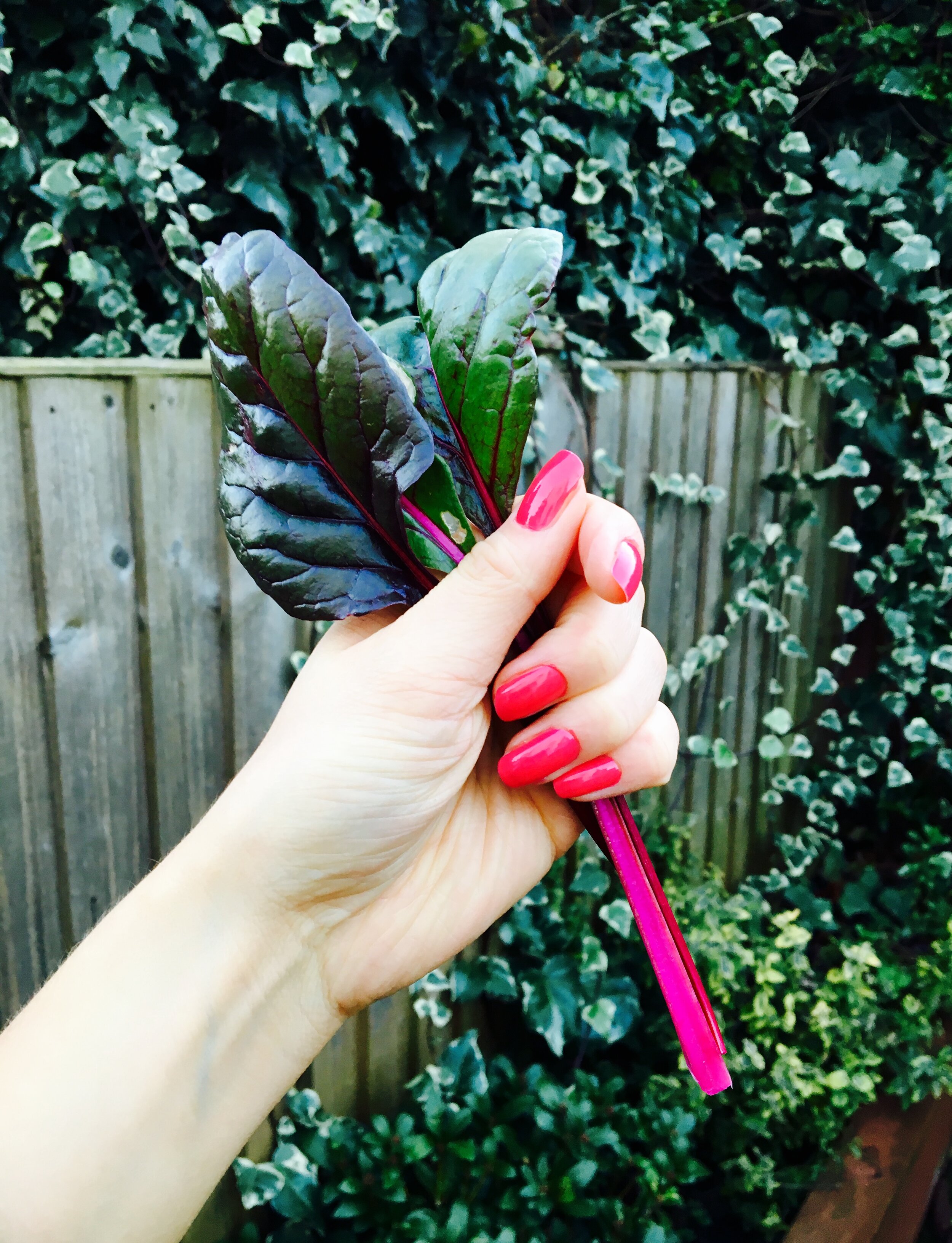How to grow vegetables: beginners guide
I’ll start by saying that you’re not going to master vegetable growing by reading one blog post, but it will certainly be a good place to start. Growing vegetables is one of my very favourite areas of gardening, and there’s many practical benefits too. I began growing edibles in a wheelbarrow in my childhood garden, and then again in my early twenties – I didn’t believe it was possible to grow things you can eat from a small London patio – but you definitely can.
With herbs, fruit and veg right outside the back door, it means minimising the need to buy plastic packaging from the supermarket, and reducing the distance from plant to plate – great for the environment, great for freshness. There’s also a new appreciation of seasonal eating that comes from ‘growing your own’, with the likes of salads and strawberries in the summer and wholesome root vegetables in autumn and winter. You’ll find an enormous amount of choice within each vegetable variety when you’re growing from seed, with exciting alternatives to the norm – think purple carrots and yellow beans.
So how on earth do you get started if you’re new to the growing scene? Try ticking these boxes:
1) Provide the essentials
The basic necessities for growing vegetable plants are a light spot (ideally sunny), a container (it can be a raised bed, bucket, crate, or pot with holes in for drainage), a bag of multipurpose compost (make sure it’s suitable for growing edibles) and access to water. There’s all sorts of growing equipment and gadgets available for when you’re growing on a larger scale, or have certain growing conditions, but these are the bare minimum.
If you’re still unsure on containers, try using a deep tray or recycled egg box to germinate seedlings, then source larger pots or find space to plant straight out in the ground when the plants are bigger.
2) Choose what you want to grow
All vegetables are grown slightly differently, require sowing at certain times of year, and have different preferences or habits (some grow up, some grow along, some grow down). But before you get put off by that, think simply about what you like to eat, or would like to eat. Strawberries are often good ones to start with, but that’s pointless if you hate the taste, so choose your favourites.
You can then look online or at seed packets to check if the ones you like are suitable for your garden – most like a sunny, sheltered position. If you haven’t got much space, consider options that grow vertically, such as peas and beans, and plants that produce lots of fruits on one plant like peppers and tomatoes. For those with more ground space, you have the option to grow more root vegetables such as beetroot, carrots and potatoes.
3) Persevere
Once you’ve sourced your basics and chosen what you’ll be growing, you need a handful each of discipline and patience. Start by reading the seed packet instructions carefully, and grow accordingly. Remember that you’ll likely start by growing seedlings in trays or plugs, which will then need to be moved to larger containers, so plan ahead. You’ll also need a bit of initiative to get to know your plants’ needs – ie. if it’s a hot day and they look droopy, move them into the shade and give them some water.
Talking of watering… room temperature, weather, pot size and plant type can all impact how much water your plants will need. Keep a close eye on them, and you’ll soon work out how often they need it. When the soil is getting crumbly and dry, provide a good drink of water (until water runs out of the drainage holes). If the soil is damp to the touch, or water is collecting in the saucer, don’t give them more! As a guide, I water my vegetable seedings every few days when it’s colder, every day when it’s hotter, and not at all if they’re getting regularly rained on.
If you’re right at the start of your vegetable growing journey, I hope these pointers have given you some information and inspiration to get going. Remember that it’s very unusual for all vegetable plants to survive, and it’s good to take a ‘trial-and-error’ approach, so try not to be disheartened if things don’t go to plan first time around. Finally, make sure you enjoy the growing process, rather than just the end result, and appreciate the magic of edible things developing in front of your eyes.
NB. Always read seed packets carefully, and keep them for reference. If you’re unsure on anything when growing edibles, I’d recommend checking with the supplier or retailer to ensure you’re growing correctly and safely.
